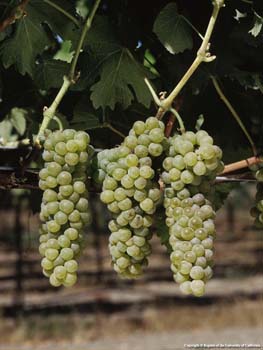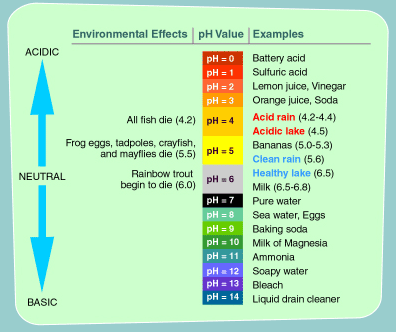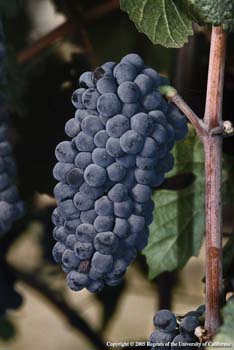Question from Celine: When I travel in Europe I never get headaches from the wine but I do when I drink California wine at home. Why would that be?
Reply: Hi, Celine. Thanks for writing! This is a very common question.
People tend to blame their headaches on sulfites. They assume American winemakers use more chemicals than the Europeans do. But, science tells us that sulfites don’t cause headaches. Plus, all wines made, worldwide – added or note – and any variation in the percentage isn’t by country so much as by brand. So you can count the sulfites out.
Some people get what’s known as the red wine headache, but no one has figured out the cause. There are those who think histamines might be a factor but lots of foods contain histamines, too. And those scientists who discount the theory say you’d more likely get a stuffy nose than a headache from histamines. Some think tannins might cause a histamine-like reaction which would mean red-wine headaches and no reaction to whites.
Certain amino acids have been linked to migraines but there’s no definitive evidence.
But, even if these things were the culprits, none of them vary significantly by country of origin. But there is one important component that varies quite a lot by region.
It’s the alcohol! And, of course if anything is likely to give you a headache, it’s a wee bit too much alcohol!
Why would it vary by country? Well, it varies more by climate and, as it happens, most European regions fall into what we refer to as a cool-climate situations. In the relatively cool growing conditions the grapes get ripe, but don’t reach the sugar levels you might expect in a warm-climate situation. And, the sugar determines the alcohol.
So, if the winemaker in Burgundy picks his grapes at 22% sugar, he can expect about 11.5 to 12% alcohol. And when the winemaker here, in sunny Napa Valley, picks his Cabernet at 26% sugar, he’ll wind up around 14%. I must confess that you’ll see local wines and those from other warm-climate situations that are even hight than that. When you split a bottle of wine over lunch, that difference can, literally, go to your head. Alcohol is, without a doubt, the most likely suspect when it comes to wine headaches.
What to do? Aside from drinking less wine, try drinking more water. They say a glass of water for every glass of wine prevents dehydration which might help ward off your headache. Something to keep in mind any time you drink wine, here at home or abroad.
While they haven’t figured out the cause of red-wine headaches, researchers say that if you take aspirin or ibuprofen before you drink the wine it blocks the headache reaction in a high percentage of people. Tylenol won’t work and taking aspirin after the wine is too late to block the reaction. But it might give you some relief.
It’s smart to check the alcohol level on the label before your server opens the wine. I always do that when I order Zinfandel because sometimes it’s up around 15 or 16%– yikes!
I hope that helps!
Subscribe For a free email subscription go to home page, right column







